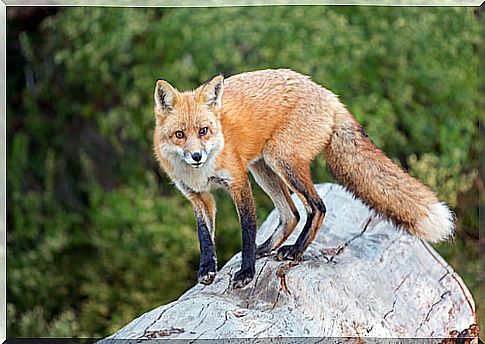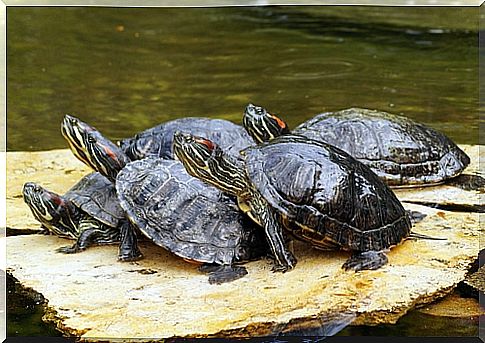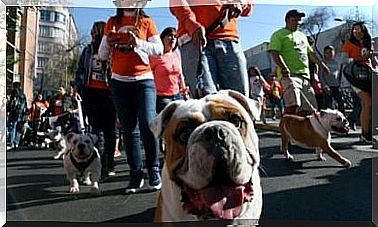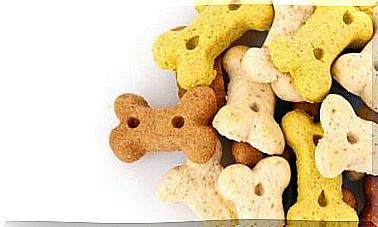The Dangers Of Releasing Exotic Animals Into The Wild

Sometimes buying an exotic pet may seem like a good idea at first. A small frog, a tropical bird, a rare fish or snake, any one of them can seem like an ideal pet that will surprise (or terrify) friends and family.
But supporting an exotic animal can be difficult as well as expensive, so many people choose to get rid of them shortly after acquiring them.
However, releasing exotic animals into the wild can be very dangerous , let’s explain why.
This can be reckless, both for the animal and for the environment in which it will release it. Because, in the first place, if the animal was obtained when it was small, at a very early age, it won’t have enough skills to protect itself from predators or to find its own food.
And, in the same way, it will be difficult to adapt to changes climatic , especially if the animal originates from a place with a different climate from which you chose to release it or if it originates from countries where it does not have the same climatic seasons.
The second factor has to do with the environment and is related to the different ways in which the inclusion of a foreign animal can affect the local fauna and flora. Let’s look at this point more closely.
food
One of the most harmful elements has to do with the food of the animals. Because, not finding their normal food sources, they will have to replace them with other foods , generating a process of de destruction that can seriously affect delicate local ecosystems.
The inclusion of alien species have drive gone to the disappearance of many animals and plants in their natural environments, because these don’t have m defense mechanisms against organisms weird s , so that become easy victims .
Lack of predators and reproduction

Another element to consider is the lack of predators in the new environments. Usually, their presence helps to control animal populations, which otherwise end up becoming pests; affecting the balance of new environments, due to reproductive success and having no one to eliminate , grow wildly.
In this way, they generate situations in which they can destroy not only the local fauna, but crops as well. The way to control this type of scenario is through the sacrifice of thousands of species, which end up being innocent victims of the irresponsible action of the people who take them as Pets.
Bacteria and microorganisms
Like humans, animals carry, whether in their fur, feathers or skin; or within your systems, a lot of microorganisms that are not harmful to them.
However, inclusion in another environment can cause serious illness for animals that do not have an immune defense against these organisms.
This can be extremely harmful, especially when it occurs to animals that are the base of the food chain, as it can lead to a massive disappearance of an ecosystem and the disease can spread in an uncontrolled manner.
mutations

Other harmful consequences, both for species and for the ecosystem, is that serious changes can arise in the behavior of introduced animals, especially changes related to their eating habits.
This is very closely related to food, but mutations can also occur in the species’ adaptation system.
For example, some time ago it was left known a case in which a kind of cachamas ( from the piranha family, which feed only on fruit ), that were placed in a river, with the objective that these would mix with the local piranhas and increase their population , what was on the brink of extinction due to indiscriminate fishing .
However, the feeding of the cachamas depended on the fruits that fell into the river.
The river in which were introduced not It has the sufficient quantity or variety of fruit trees to provide them with food , so they changed their diet and are over preying / feeding, not only in local piranhas (which they should if reproduce), but also in all the fish and small animals that live were going in the river.
The situation reached the point where they began to register attacks on birds, livestock and even humans.
So, they had to start an expensive and large process to remove the intruder species, which had managed to triple its population, but this was at the expense of almost all of the local fauna.









